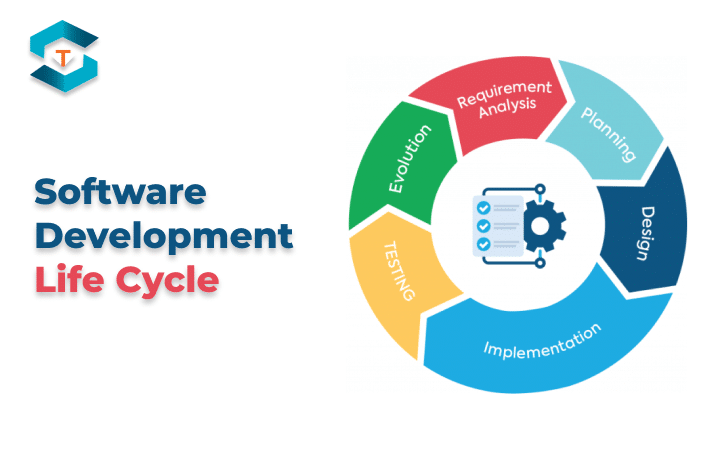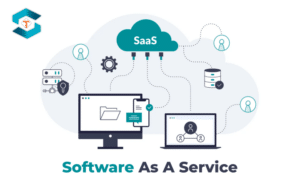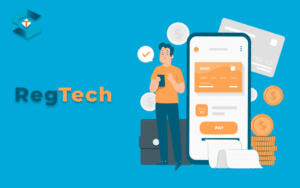The Software Development Life Cycle (SDLC) is a systematic process for planning, creating, testing, deploying, and maintaining software. It provides a structured framework for developers and project managers to follow, ensuring that the software is developed efficiently and meets the desired quality standards. The SDLC typically consists of several phases, each with its own set of activities, deliverables, and goals. While there are various models, a commonly used one includes the following stages:
Requirements Gathering and Analysis:
Objective: Understand and document the software requirements.
Activities: Gather information from stakeholders, analyze requirements, and create a detailed specification document.
Deliverables: Requirements specification document.
Planning:
Objective: Plan the project, define scope, estimate resources, and create a project schedule.
Activities: Develop a project plan, identify tasks, allocate resources, and set timelines.
Deliverables: Project plan, resource allocation, and schedule documents.
Design:
Objective: Create a blueprint for the software based on the requirements.
Activities: System architecture design, detailed technical specifications, and user interface design.
Deliverables: System architecture diagrams, design documents, and prototypes.
Implementation (Coding):
Objective: Translate the design into actual code.
Activities: Write code according to the design specifications, perform unit testing, and resolve issues.
Deliverables: Executable code.
Testing:
Objective: Verify that the software meets the specified requirements and functions correctly.
Activities: Conduct various testing types such as unit testing, integration testing, system testing, and acceptance testing.
Deliverables: Test cases, test scripts, and defect reports.
Deployment:
Objective: Release the software to end-users or clients.
Activities: Prepare for deployment, conduct user training, and ensure a smooth transition to production.
Deliverables: Deployed software, user manuals, and training materials.
Maintenance and Support:
Objective: Address issues, update the software, and provide ongoing support.
Activities: Fix bugs, implement updates, and provide user support.
Deliverables: Updated software versions, maintenance documentation.
It’s important to note that the Software Development Life Cycle is not always a linear process, and iterative models like Agile SDLC introduce cycles of planning, development, and testing in shorter iterations. Different organizations may adopt variations of the SDLC based on their specific needs and the nature of the project. The goal is to create a structured and repeatable process that leads to the successful development of high-quality software.





